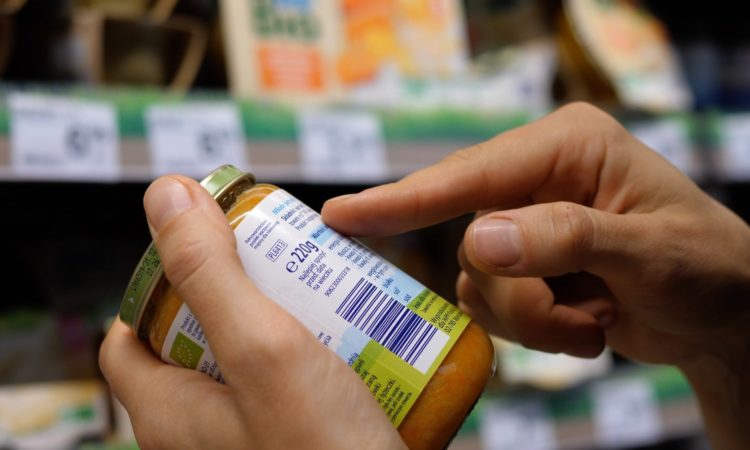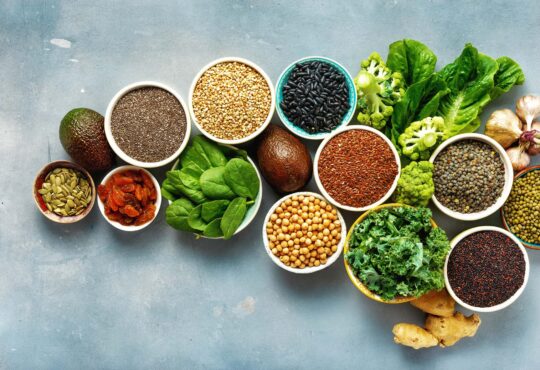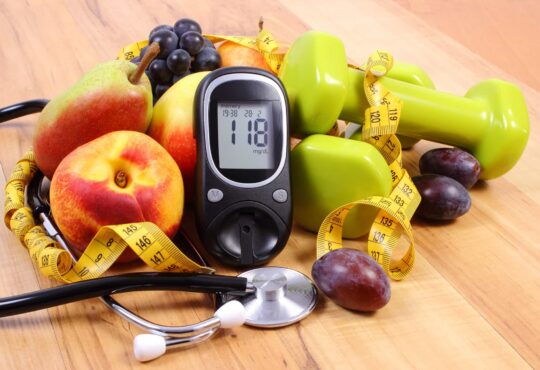Look Beyond the Brand – Even Well-Respected Personal Care Products Can Contain Harmful Ingredients

Your favorite skin and personal care company may have been started by hippies starving on a commune, but are they still – decades later – righteous?
If the company is now so big its products are being sold in every pharmacy, supermarket, and big-box store in America, probably not.
For instance, one well-known brand of lip balm contains soybean oil.
That may seem “natural,” in keeping with the brand’s image, but comes with risks.
It’s a vegetable oil extracted from soybeans by crushing them. It’s one of the most widely used oils in the world, behind palm oil.
It contains linoleic acid and Vitamin E. When these penetrate your skin, they form a barrier that helps to hold moisture in.
Therefore, soybean oil is widely used in skincare products, especially in those intended for dry and combination skin.
It shouldn’t be used on oily skin because it’s high on the comedogenic scale. That means it’s highly likely to clog your skin’s pores.
Soybean Oil Risks
According to a study performed by the University of California, Riverside, soybean oil caused more obesity, insulin resistance, nonalcoholic fatty liver disease, and diabetes in mice than fructose or coconut oil.
A later study by the same researchers found soybean oil was associated with genetic changes in the brains of mice.
They identified 100 mice genes that didn’t operate properly in the mice that ate soybean oil.
Among other things, soybean oil lowered its ability to produce oxytocin, the “love hormone.” It also interfered with the hypothalamus, affecting metabolism, body weight, temperature regulation, and stress response.
It’s also linked to neurological problems, including autism, Alzheimer’s disease, anxiety, and depression.
NOTE 1: These were mice studies. Much more research needs to be done on human beings. But all the conditions soybean oil causes in mice have become incredibly common in people along with the rise in the use of soybean oil in processed and deep-fried foods.
NOTE 2: Soybean foods such as tofu, edamame, and soy milk contain only small amounts of the oil, and in their natural form – bound within the soybean seed itself. Therefore, they don’t pose any risk.
Another Dangerous but Common Personal Care Ingredient is Polyethylene Glycol (PEGs)
Also known as . . . plastic.
Yes, it’s not enough that plastic has replaced glass, wood, and many other materials in our lives.
It’s now in our personal care products too.
PEGs’re used to affect viscosity, solubility, and moisturizing. They’re thickeners, agents that carry moisture, surfactants, penetration enhancers, and softeners.
They do make your skin feel slick – like it’s been laminated with a plastic wrap.
Which is sort of has been.
Contamination is a Major Hazard
PEGs are manufactured by a process called ethoxylation, using ethylene oxide, which is associated with different cancers. They can also be contaminated with another carcinogen: 1,4-dioxane.
Because PEGs are penetration enhancers, they drag these contaminating poisons along with them, so they go deeper into your skin than they ordinarily could.
How to Know If a Product Contains PEGs
The labels don’t say: “Dangerous plastic made from petroleum.”
But they do say:
1, “PEG-X” where X is a number. Example: PEG-40. The number stands for the amount of ethylene oxide added to the compound.
2. “PEG-X chemical name.” Example: PEG-40 cocamine. These are complex compounds of PEGs.
3. “PEG/complicated/names/separated/by/slashes.” Example: BIS-PEG/PPG-16/16 PEG/PPG-16/16 Dimethicone
The ethylene oxide and 1,4-dioxane are not intentionally added to personal care products, so the law doesn’t require they be listed on the label – which is a dangerous loophole. Although not intentionally added by the manufacturer, they can be present in any product containing PEGs.
The Personal Care Industry is Poisoning the World With PEGs
We can see the harm plastic grocery bags and other large plastics are causing.
PEGs are too small to spot, but they’re accumulating in the environment too.
They’re not just harmful to put on your skin – PEGs and plastic microbeads are washed down the drain. They wind up in the oceans, where fish and other water creatures eat them.
And who eats the fish? We do.
According to a study by the University of Vienna, on average people eat five grams of microplastics and nanoplastics every week.
It could be as much as a credit card – every week.
Much of this comes from the zillions of tons of plastics we’ve used and discarded in the past 70 or so years.
But microbeads from personal care products are definitely one of the sources.
These tiny particles of plastic can change the balance of bacteria in your gut’s microbiome – which is frightening given all the many things we’re learning we need a healthy microbiome for. And these changes are linked to metabolic disorders such as obesity, liver disease and diabetes.
The nanoparticles increase inflammation by stimulating responses from your immune system – and they trigger pathways that could lead to cancer.
Look for MADE SAFE Certified Products
MADE SAFE is a nonprofit organization working to encourage the production, sale, and consumption of safe household products.
They maintain a list of thousands of harmful, toxic substances. If a product is safe, they allow its seal on its label.
Their site:
https://www.madesafe.org/
Make sure you read the labels of everything you buy that will touch your skin, nails or hair – no matter what the brand name.
Even brands with a reputation for being “safe” and “natural.”
Read the labels. Make sure the product you really is safe and natural.
https://www.euronews.com/green/2022/04/11/how-much-plastic-do-you-eat-it-could-be-as-much-as-a-credit-card-a-week
https://www.madesafe.org/
https://www.madesafe.org/chemicalcallout-polyethylene-glycol-compounds-pegs/
https://www.antoninb.com/en/en/polyethylene-glycol-dangers
https://www.ncbi.nlm.nih.gov/pmc/articles/PMC4511588/
https://www.cir-safety.org/sites/default/files/Soy.pdf
https://www.sciencedaily.com/releases/2020/01/200117080827.htm
https://www.herbaldynamicsbeauty.com/blogs/herbal-dynamics-beauty/understanding-the-comedogenic-scale-for-oils-and-butters
https://www.carbonmagazine.co.uk/uncategorized/the-ingredient-that-reclines-within-our-cosmetics-and-skincare-products-causing-serious-health-complications-soybean-oil/
https://www.youtube.com/watch?v=ZK4s4AolMM0







